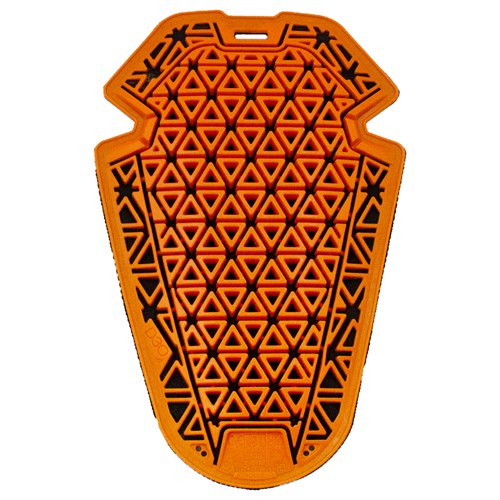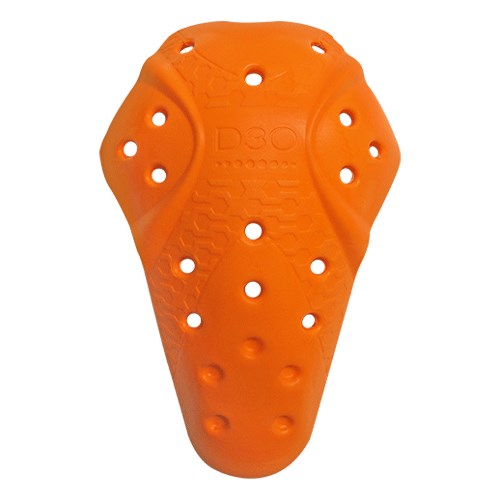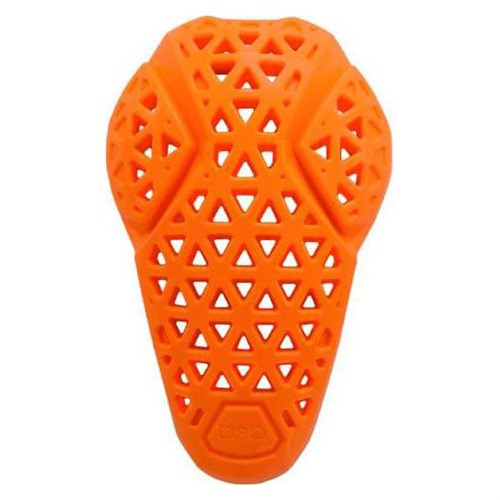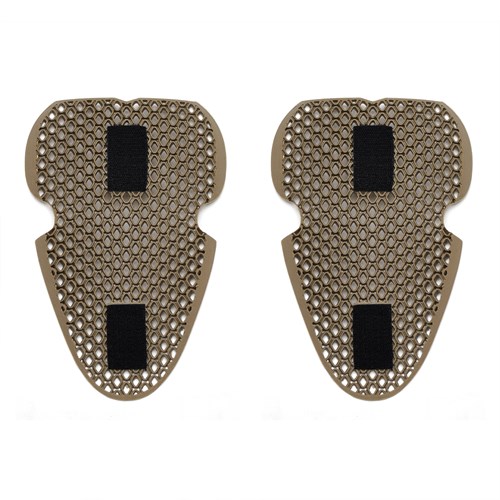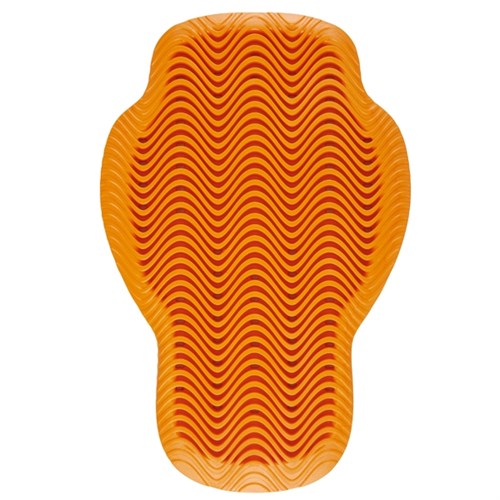Why you might want to upgrade your motorcycle armour
Published on: 04 January 2024
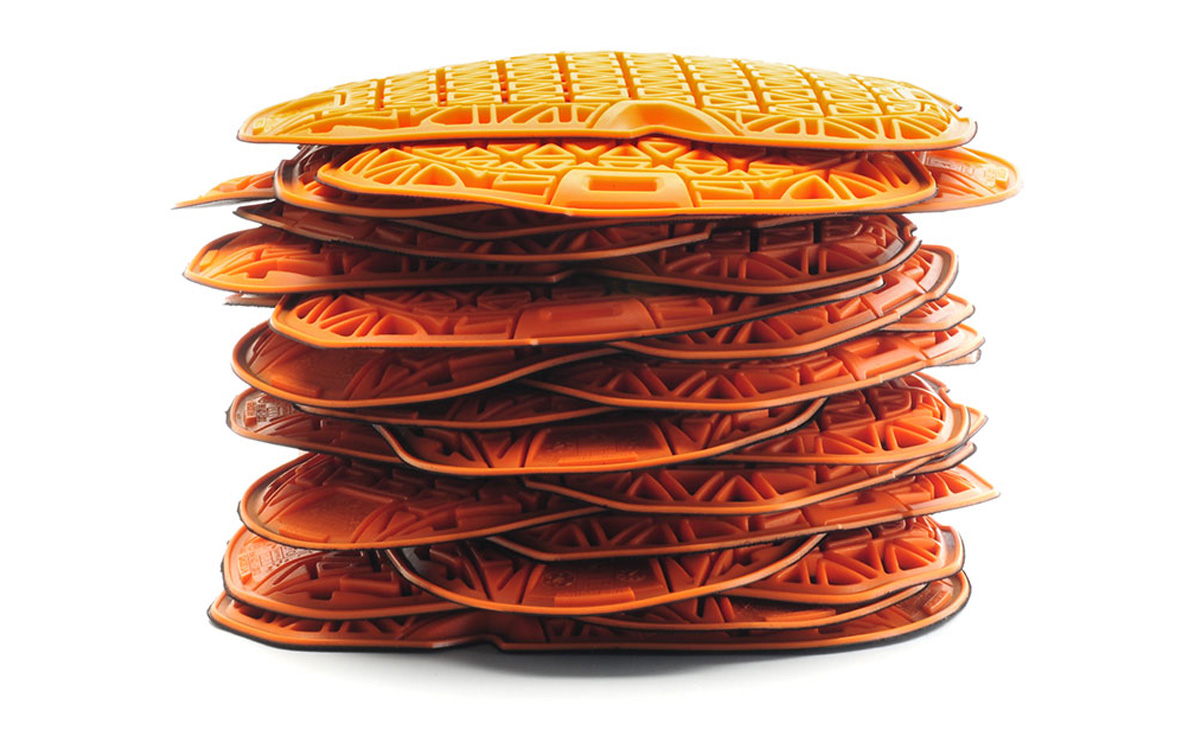
Not long ago we did a video about EN 17092, and in particular about the role that armour plays in protecting a rider.
The starting point, we have to admit, was our desire to set the record straight; to correct the erroneous assumption that EN 17092 was ever meant to be considered an all-encompassing, safety standard. The fact is that EN 17092 is little more than an elaborate abrasion test; a test of the strength of the outer fabric from which a garment is fashioned. Now we're not saying that the abrasion resistance of a garment is unimportant, but it did irritate that Bennetts was handing out so-called 'safety' awards for products based solely on their AAA rating.
Frankly this is a nonsense; a deliberate twisting of EN17092, fashioned for reasons not connected to protecting riders. It was a distortion that we felt we wanted to try and put right. To view that video, click here.
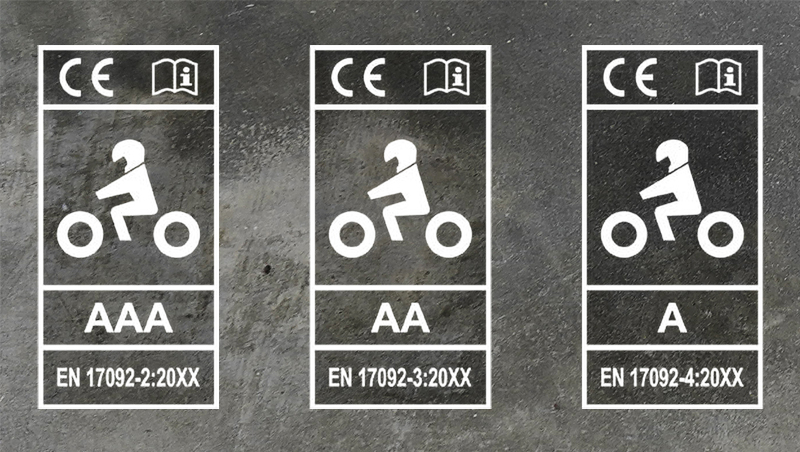
The fact is that abrasion resistance is just not the most important part of the 'safety' equation. And that's because sliding down the road, whilst unpleasant and potentially painful, tends not to cause us serious injury. What damages us, causes serious injuries, and can kill us, is hitting things. What protects our bodies when we hit things is the armour that is fitted in our jackets and pants. And when we hit things, it matters not a jot whether the garments we are wearing are rated A, AA or AAA under EN 17092.
But, ironically perhaps, armour plays another role. It significantly increases the abrasion resistance of a garment. And this is why one can state quite categorically that an AA garment with Level 2 armour will often be more 'protective', and therefore safer to ride in, than an AAA garment with Level 1 armour. In fact, there are A rated garments out there that are more protective, and safer to ride in, than many AAA garments, because they come fitted with huge, Level 2 armour.
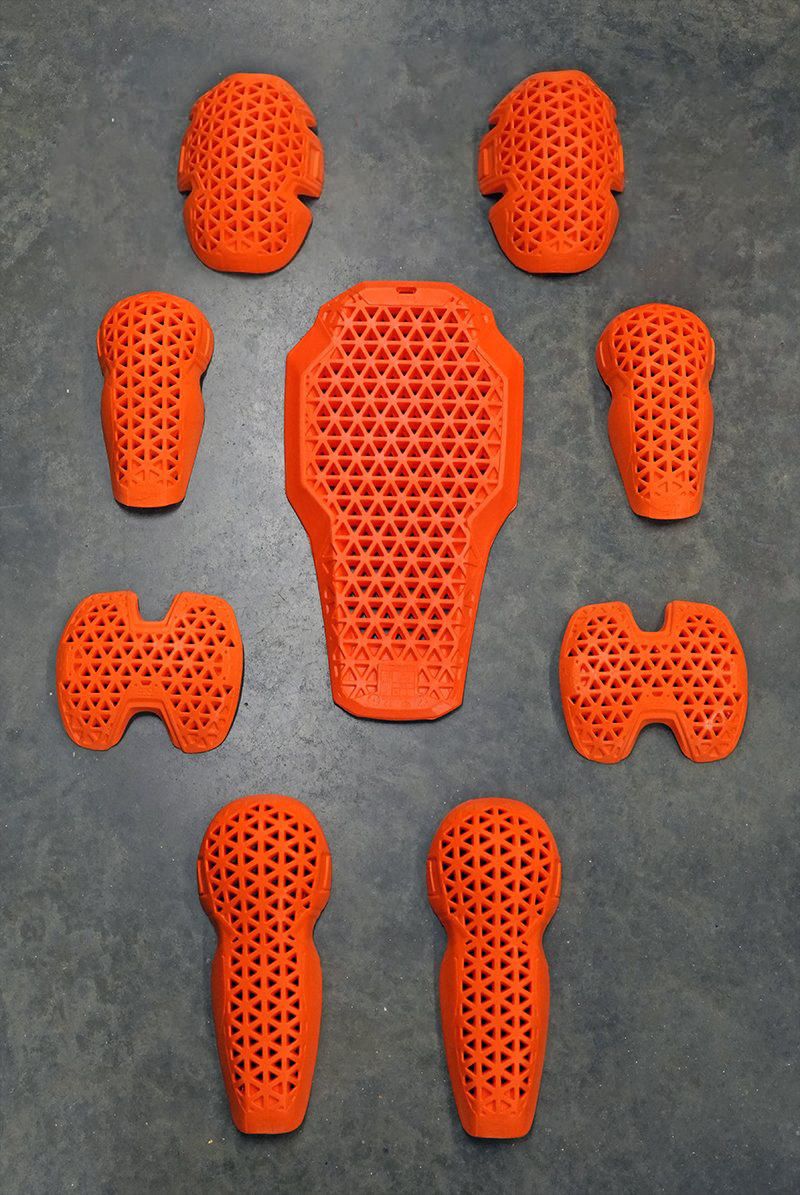
One reason that so many AAA-rated garments are not particularly protective is that often they come with the smallest, Level 1 armour. And the manufacturers of these garments do this because, having achieved an AAA rating, they often feel that they do not need to go to the extra expense of fitting Level 2 armour. In other words, they have ticked the 'safety' box; and they take the view that they don't need to do any more!
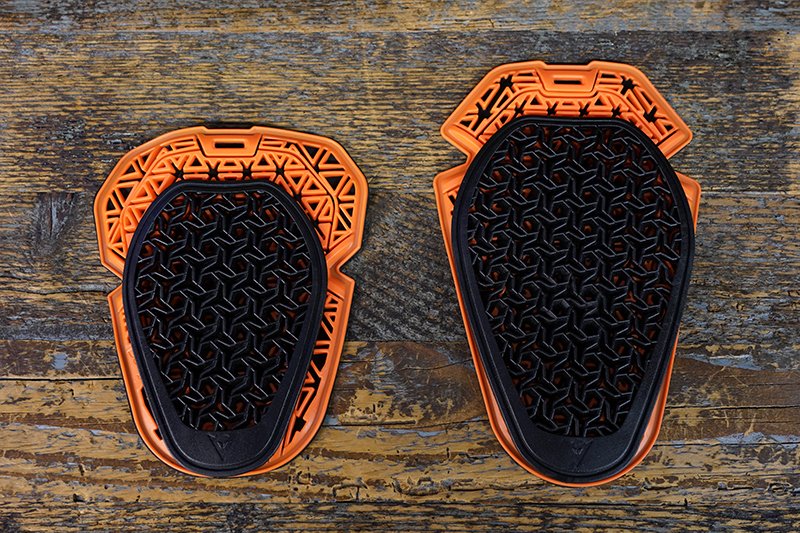
Anyway, attempting to change perceptions and correct misunderstandings is not done overnight. But what this discussion has reinforced to us is just how important armour is when it comes to being protected on the bike. And, by implication, how much more important Level 2 armour is over Level 1. I say 'by implication' because Level 2 armour absorbs twice as much energy in an impact as Level 1 armour.
Now given that most jackets come as standard with elbow and shoulder armour, the first priority always has to be a back protector. If a jacket has no back protector, then this has to be the first consideration.
But a strong case can often be made for upgrading the armour in a jacket or pant from Level 1 to Level 2. You'll be more protected from impacts, and you will enjoy markedly increased levels of abrasion resistance. Surely, that's a win-win? Well, not necessarily.
Here at Motolegends we bang on a lot about passive safety, and about being comfortable on the bike. And it cannot be denied that upgrading from Level 1 armour to Level 2 can impact on comfort on the bike.

And so we reach a situation where there is no right or wrong. This is not about ticking boxes. There is no correct answer. Our view is that it all comes down to choosing appropriate levels of protection for how you ride. If your riding is of a more casual nature, if you tend to wear lighter weight and more comfortable gear, then you might well take the view that Level 1 protectors are good enough, and more appropriate. But if you ride faster and harder then you may decide that Level 2 is what you need.
Ultimately, it is not for us, or indeed anybody, to tell motorcyclists what they should ride in. All we can do is try and explain how gear works, and clarify what the implications are of what you decide to wear.
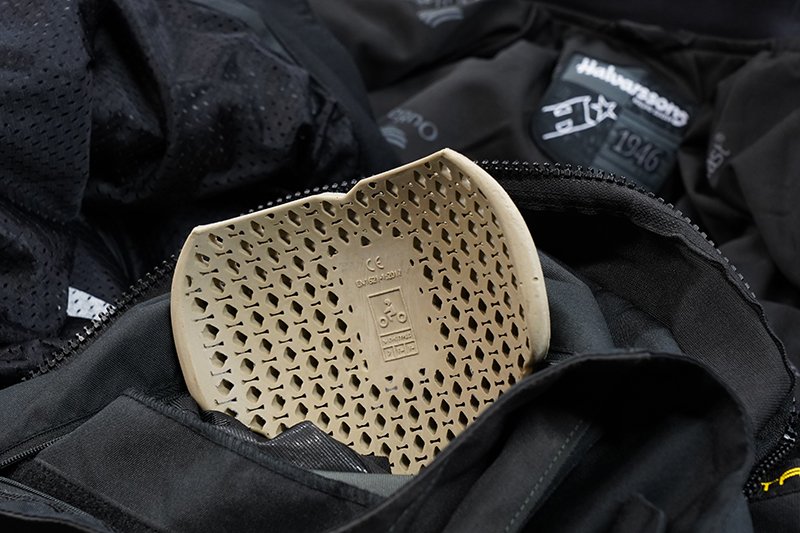
As we've already mentioned, it probably makes sense to always wear a back protector. And the good news is that every modern motorcycle jacket will have a pocket for a back protector, even if it doesn't come supplied with one as standard.
Whoever the manufacturer is, there will be a protector to fit that pocket. And this is important to bear in mind because there's no standard size for a back protector. And protectors fit in jackets in all kinds of ways. Some go in the aforementioned pocket. Some attach by means of Velcro. Some, as is the case with Rukka, are suspended by a hanging loop.
Again, you will often have the choice of Level 1 or 2. That's for you to decide. We reckon it's daft to ride without a back protector at all; and so even a Level 1 protector, which you may hardly even be aware of, is going to be a positive step. You could go for level 2, of course, and the difference between the two standards is not insignificant. As we've stated, Level 2 armour is twice as protective as Level 1.
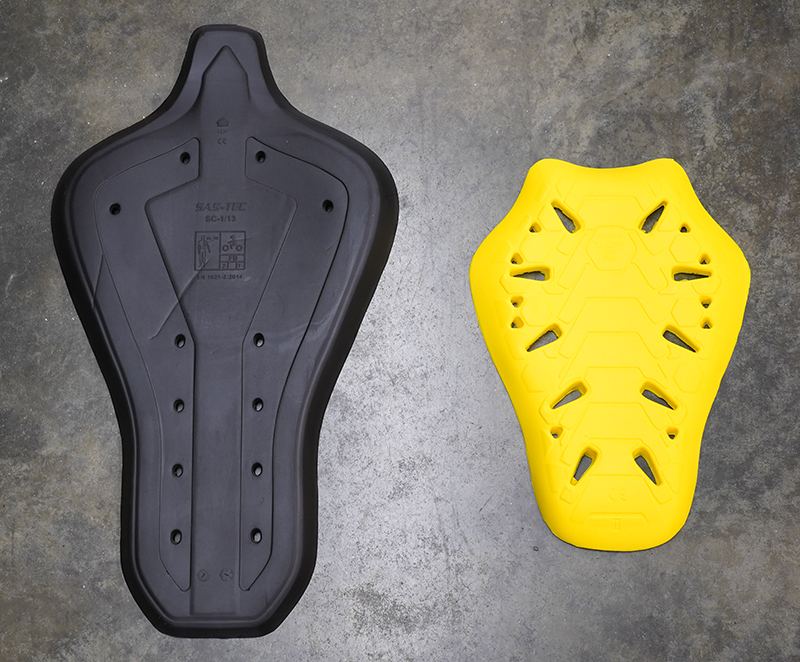
By the same token, of course, if your jacket has a Level 1 back protector you can upgrade to a Level 2 protector if you're feeling cautious. Again, most brands will have a Level 2 offering. Now one thing we would say is that not all Level 1 or Level 2 protectors are the same; and I suppose we would suggest that if the pocket fits it might make sense to go for a D3O back protector, if only on the basis of added comfort. D3O doesn't necessarily make the best armour but, for its size, and the level of protection it offers, nothing is as nice to wear.
Talking about D3O, it is probably true to say that its the most prevalent armour in the market; certainly at the premium end. But for all kinds of reasons, manufacturers will often fit Level 1 armour. And so this is perhaps the easiest upgrade; for every Level 1 D3O protector fitted to a jacket there will be an equivalent in Level 2.
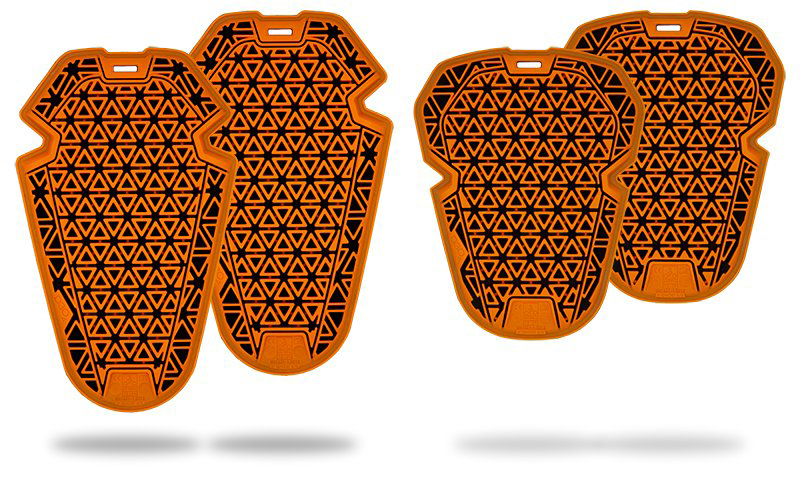
But there's another option here. If you have traditional, shaped Level 1 armour in your jacket, want to upgrade to Level 2, but don't want to compromise comfort, you could always go for D3O's Level 2 Ghost armour; provided of course it will fit. Honestly, even though it's Level 2, it's going to be more comfortable in most applications than the standard, shaped Level 1 D3O. In some ways it's a bit of a no-brainer!
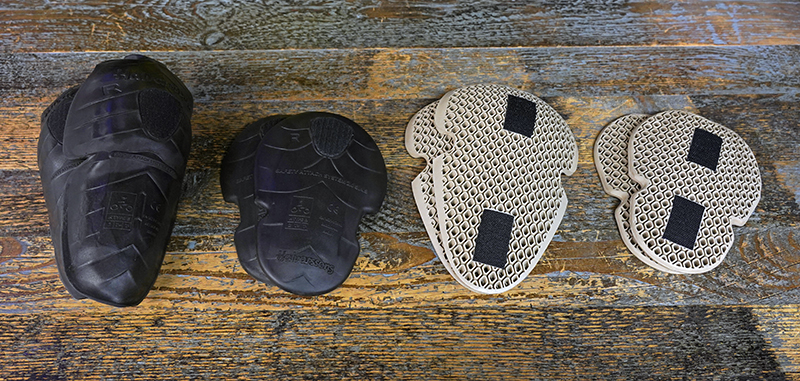
Another very easy upgrade that doesn't require too much thinking about is upgrading from Halvarsson's traditional, and rather agricultural, Level 1 armour to their new, frankly outstanding, Level 2 armour. It's brilliant. It's as thin as D3O's Ghost armour, it's more breathable than D3O, and it's much larger. Initially, we are imagining an upgrade from Level 1 to Level 2, but actually swapping out their old Level 2 for the new stuff also makes a lot of sense too.
Just one point: if you're looking at upgrading your back armour on Halvarssons, avoid their protector; it's a monster. D3O fits perfectly into the Halvarssons pocket, and if you have a Halvarssons jacket that needs a Velcro back protector, we have D3O with that too.
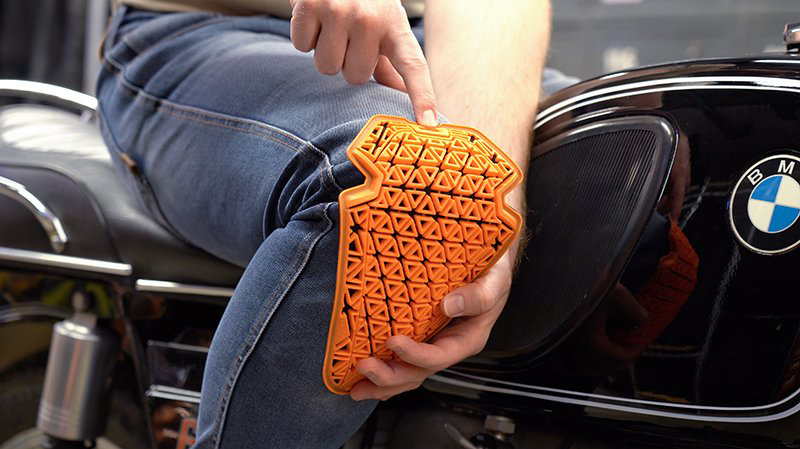
Most motorcycling trousers will come with protectors, as standard, in the knees and hips. I say most, but at the single-A level, a manufacturer doesn't have to supply hip protectors, and some don't in order to hit a lower price point.
If your pants don't have hip protectors, buy some. There seems to be a view that knees need more protection than hips but, respectfully, for road riding, we would disagree. In low-side accidents, and this is the most prevalent type of accident, your hip is going to come into contact with the hard stuff. It really doesn't make sense to ride without hip armour, especially as it's the easiest to live with. Most of the time you won't even know it's there.
When it comes to hip armour, the greatest resistance often comes from women, who sometimes simply cannot bear the notion of putting back that half an inch that they have worked so hard to take off. Well, we understand; but I have to tell you that breaking your hip is exceedingly painful, as well as very inconvenient. (I broke mine when I fell over whilst standing still on a pair of skis)!
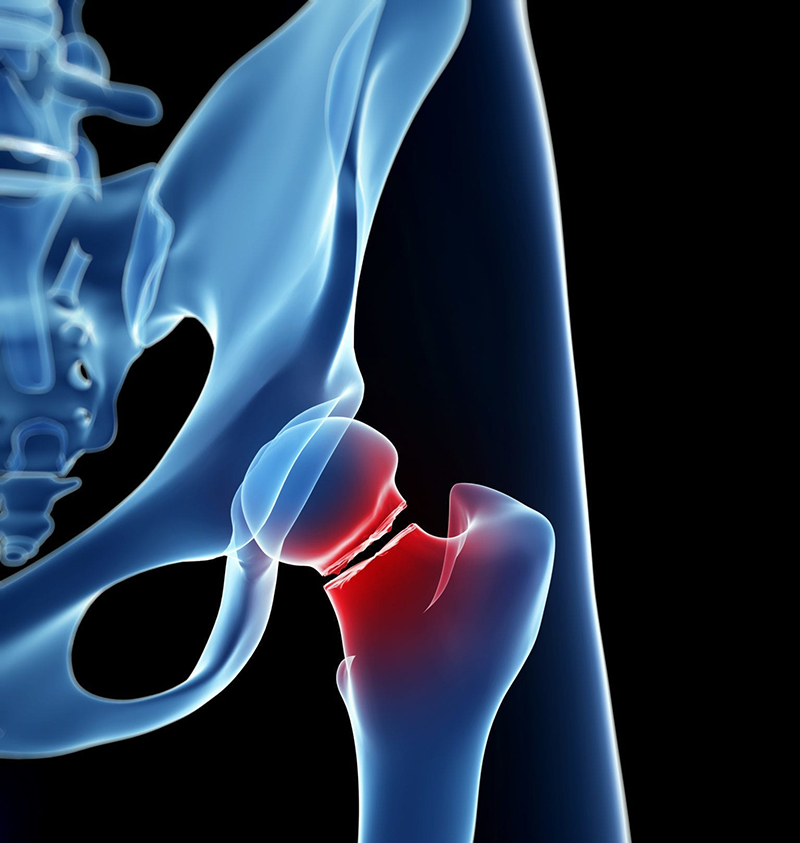
And so, usually, the conversation with pants is about upgrading both knees and hips from Level 1 to Level 2. And the solutions are normally the same as they are with jackets. The manufacturer will offer an upgrade solution. D3O armour will work in many trousers. Again, you can go to Level 2 shaped D3O or Level 2 Ghost; the latter being much nicer to wear. But I am not sure that we have ever come across a pair of pants where we could not offer an upgrade. We will normally have something that will fit.
Actually, I do remember having problems with one customer who wanted to upgrade the armour in his 20 year old BMW pants. The armour was huge, and with large wings to protect the sides of the knees. But we took his trousers to our repairer, Hill4Leather, and we had sewn in new pockets to take Halvarssons' lovely, Level 2 armour. There's usually a way!
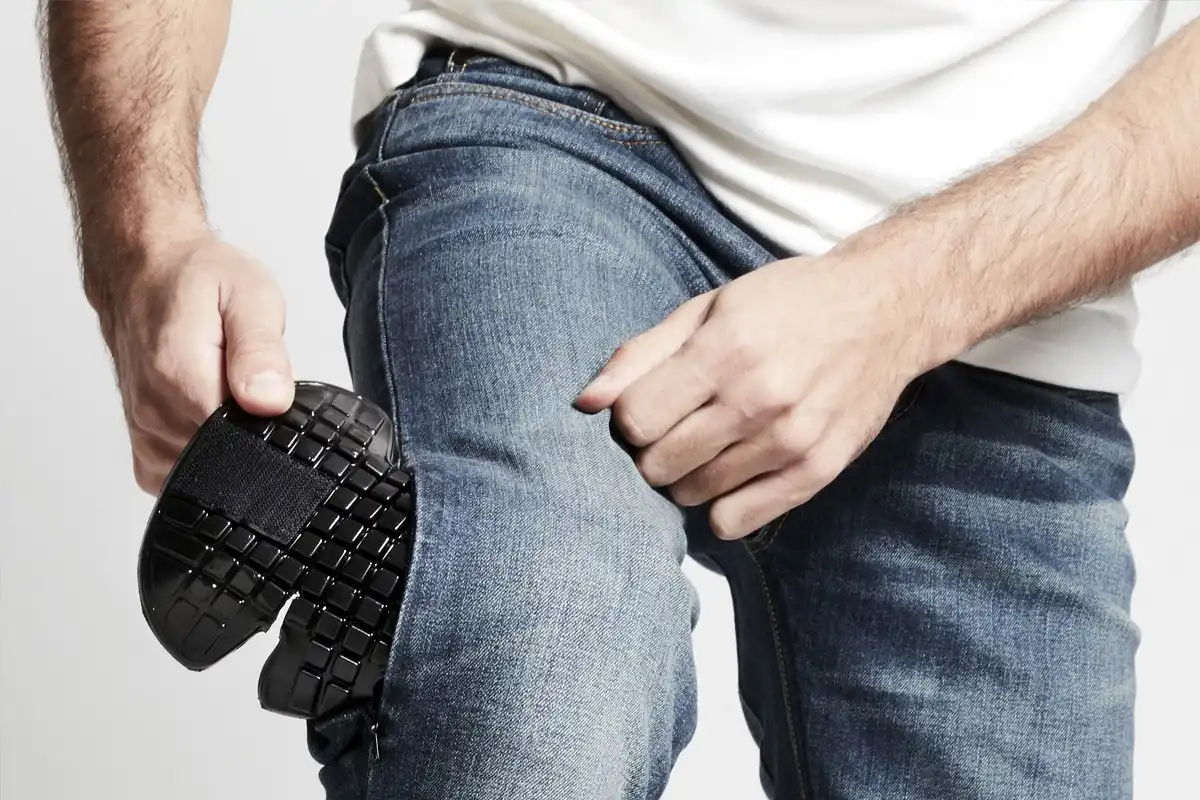
Everything in motorcycling is a trade off; everything is a compromise.
Now modern jeans can actually be hugely abrasion resistant. Jeans are simple to produce, and it's easy to make jeans to the AAA level if that's what the manufacturer wants to do. You just reinforce the denim in some way to make it stronger.
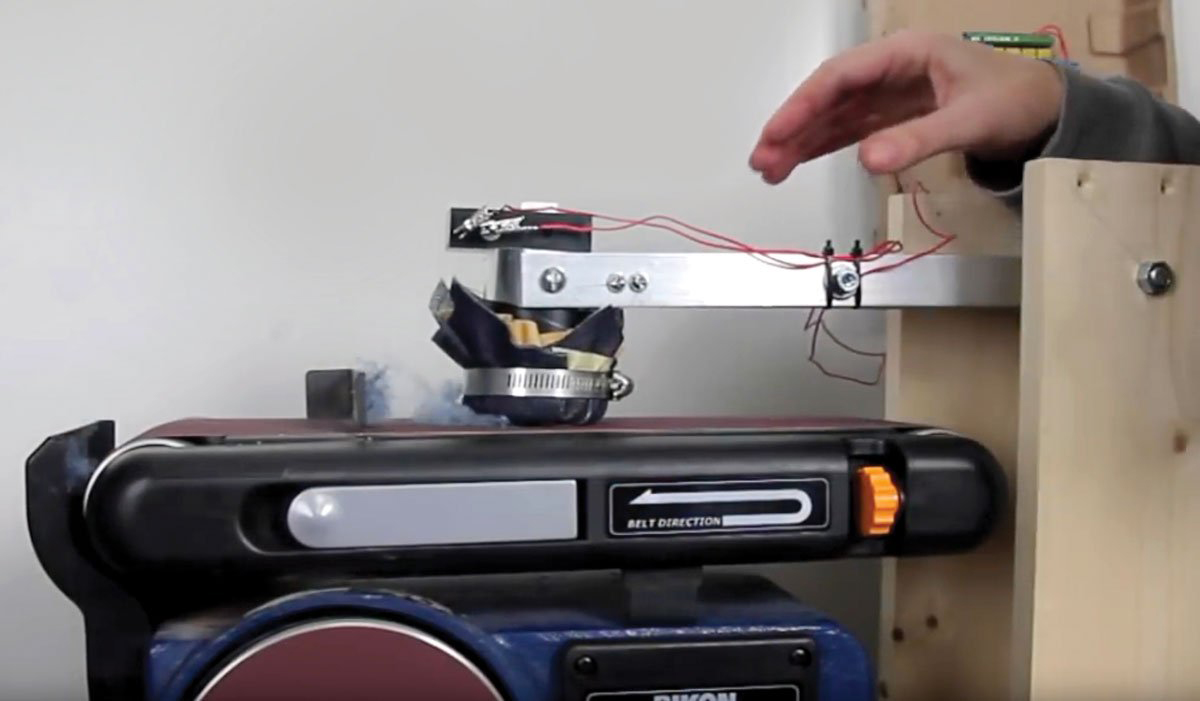
We are not always fans of AAA-rated jeans, because some of them are so heavy and uncomfortable that they kind of negate the benefits of wearing a jean in the first place. As a company, we are often happy with an AA-rated jean, especially if we have had it tested by SATRA ourselves on a Cambridge machine.
Our Rokker jeans, for example, record a slide time that is around 50% better than leather. Yet they are so darned comfortable and easy to wear, both on and off the bike.
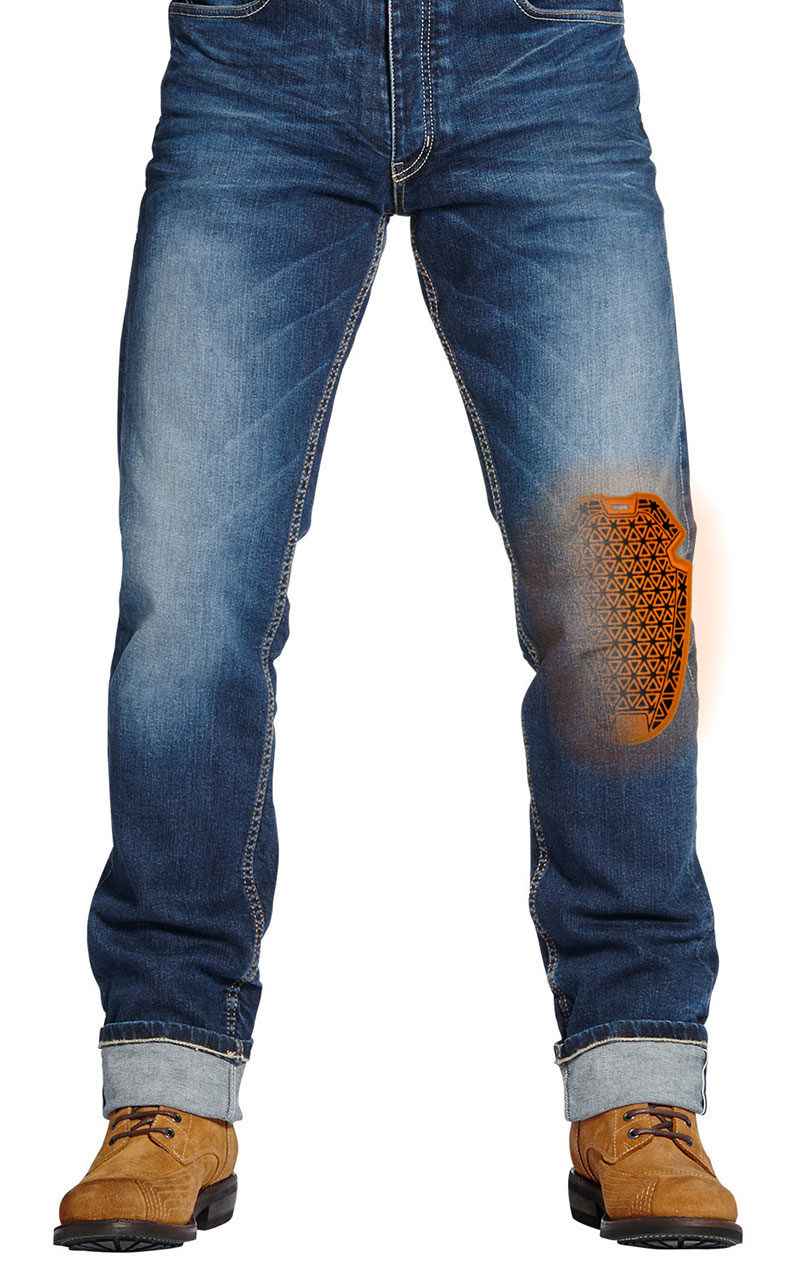
The question is the extent to which you want to compromise comfort by upgrading from Level 1 in the knees to Level 2; the issue being that, when you wear jeans the armour tends to be more intrusive. You can feel the armour more than you can, perhaps, with a textile pant with its various liners. So whilst upgrading from Level 1 to Level 2 in a pair of jeans will undoubtedly increase the level of protection, the question is whether this is a price you want to pay; particularly when you're off the bike, and walking around.
As ever, there's no correct answer. There's no right. There's no wrong. We all have to decide where we stand.
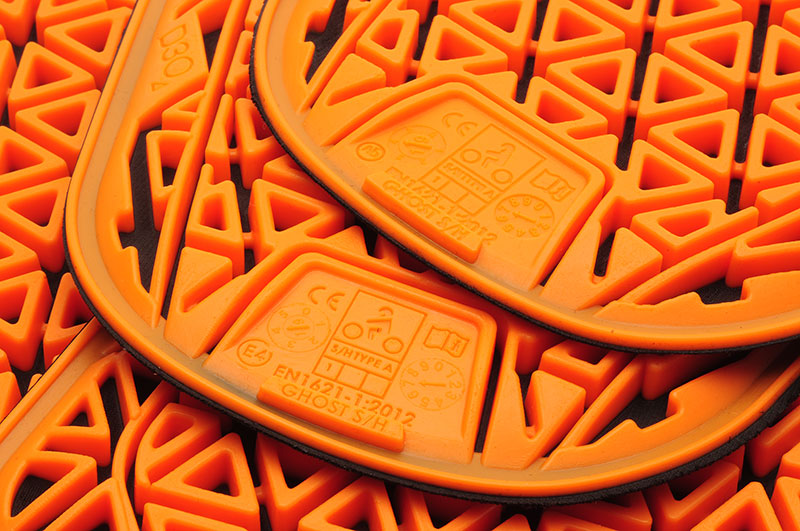
Many of our customers will be sick of us banging on about 'passive safety' and the importance this plays in riding safely. Adding protection is easy. Thicker stronger fabrics. And larger, thicker armour. But if this impacts on our ability to control the bike, then adding layers of protection can be counter productive. If you're not comfortable on the bike, and cannot move and react speedily to situations that might unfold, then you increase the chances of having an accident in the first place.
But we take the view that, with all the technical advance out there, we can these days increase levels of protection without compromising comfort. In many cases, modern Level 2 armour is way nicer to wear than the Level 1 armour of just a few years ago. And in such a scenario, there are no downsides.
Anyway, if all of this is a bit confusing, feel free to come and see us. And if you're unsure about whether the armour in your current gear needs to be, or indeed can be, upgraded, bring it with you.
We'll be able to sort it out.
Share this story

















































